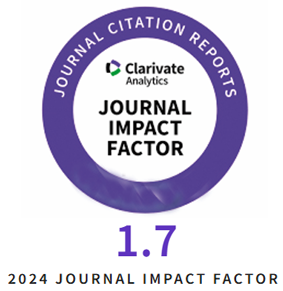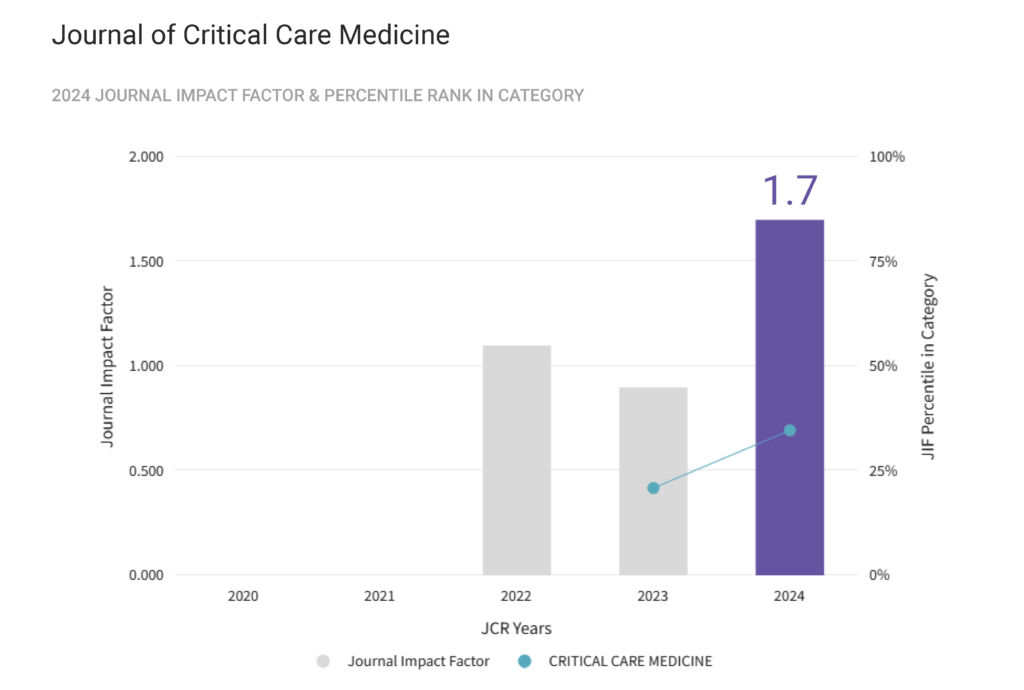Aim of the study: The rupture of delayed formed splenic pseudoaneurysms after pediatric blunt splenic injuries undergoing nonoperative management (NOM) can be life-threatening. We aimed to identify the sub-phenotypes predicting delayed splenic pseudoaneurysm formation following pediatric blunt splenic injury using latent class analysis (LCA).
Material and Methods: In this retrospective observational study conducted using a multicenter cohort of pediatric trauma patients, we included pediatric patients (aged ≤16 years) who sustained blunt splenic injuries and underwent NOM from 2008 to 2019. LCA was performed using clinically important variables, and 2–5 sub-phenotypes were identified. The optimal number of sub-phenotypes was determined on the basis of clinical importance and Bayesian information criterion. The association between sub-phenotyping and delayed splenic pseudoaneurysm formation was analyzed using univariate logistic regression analysis with odds ratios (ORs) and 95% confidence intervals (CIs).
Results: The LCA included 434 patients and identified three optimal sub-phenotypes. Contrast extravasation (CE) of initial CT in the spleen was observed in 22 patients (68.8%) in Sub-phenotype 1, 49 patients (25.7%) in Sub-phenotype 2, and 22 patients (10.4%) in Sub-phenotype 3 (p = 0.007). Delayed splenic pseudoaneurysm was observed in 46 patients (10.6%), including seven patients (21.9%) in Sub-phenotype 1, 25 patients (13.1%) in Sub-phenotype 2, and 14 patients (6.6%) in Sub-phenotype 3 (p = 0.01). Logistic regression analysis for delayed splenic pseudoaneurysm formation using Sub-phenotype 3 as the reference revealed an OR (95% CI) of 3.94 (1.45–10.7) in Sub-phenotype 1 and 2.12 (1.07–4.21) in Sub-phenotype 2.
Conclusions: The LCA identified three sub-phenotypes showing statistically significant differences for delayed splenic pseudoaneurysm formation. Our findings suggest that cases with CE on initial CT imaging may be at increased risk of delayed splenic pseudoaneurysm formation.
Tag Archives: pediatrics
Association between hospital case volume and mortality in pediatric sepsis: A retrospective observational study using a Japanese nationwide inpatient database
Introduction: The survival benefits of treatment at high-volume hospitals (HVHs) are well-documented for several critical pediatric conditions. However, their impact on pediatric sepsis, a leading cause of mortality among children, remains understudied.
Aim of the study: To investigate the association between hospital case volume and mortality rates in pediatric sepsis.
Material and Methods: We conducted a retrospective cohort study using data from the Diagnosis Procedure Combination database. The study included patients who met the following criteria: 1) aged 28 days to 17 years; 2) discharged from the hospital between April 2014 and March 2018; 3) had a sepsis diagnosis coded under the International Classification of Diseases, 10th revision; 4) underwent blood cultures on hospital admission day (day 0) or day 1; 5) received antimicrobial agents on day 0 or 1; and 6) required at least one organ support measure (e.g., mechanical ventilation or vasopressors) on day 0 or 1. Hospitals were categorized by case volume during the study period, with HVHs defined as those in the highest quartile and low-volume hospitals (LVHs) as those in the remaining quartiles. In-hospital mortality rates between HVH and LVH groups were compared using mixed-effects logistic regression analysis with propensity score (PS) matching.
Results: A total of 934 pediatric patients were included in the study, with an overall in-hospital mortality rate of 16.1%. Of them, 234 were treated at 5 HVHs (≥26 patients in 4 years), and 700 at 234 LVHs (<26 patients in 4 years). Upon PS matching, patients treated at HVHs demonstrated significantly lower odds of in-hospital mortality compared with those treated at LVHs (odds ratio, 0.42; 95% confidence interval, 0.22–0.80; P = 0.008).
Conclusions: In pediatric patients with sepsis, treatment at HVHs was associated with lower odds of in-hospital mortality.
The use of intraventricular vancomycin in subacute brain abscess in an adolescent male: A case report
Introduction: Brain abscess is a serious condition in children, leading to rapid deterioration, and permanent neurological damage associated with significant morbidity and mortality. Current management protocols for brain abscesses focus on intravenous antibiotics and surgical excision and drainage.
Case Presentation: A 12-year-old adolescent male who had headache and photophobia and was diagnosed with multiple brain abscesses and was refractory to conventional medical and neurosurgical intervention. A single dose of 10 mg vancomycin was administered through endo-ventricular drain , resulting in resolution of abscesses and alleviation of symptoms.
Conclusion: We describe the first instance of intraventricular vancomycin use in the pediatric age group for the treatment of multiple brain abscesses. Given the variability in dosing reported in the literature, our case report warrants further studies to standardize dosage for this rare intervention.










